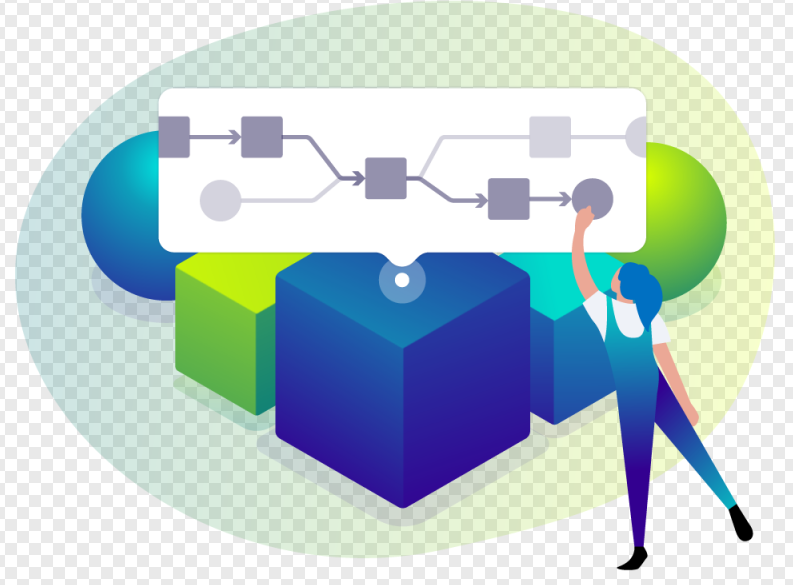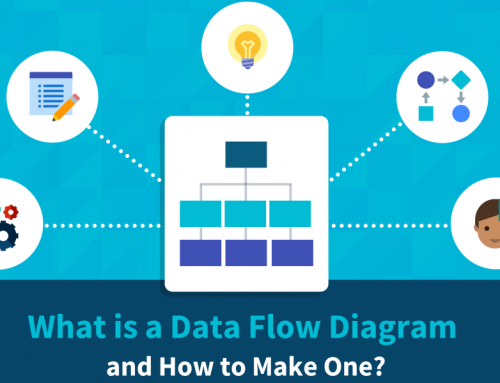Top 4 Reasons Why Organizations Use Data Lineage
As we all know, reliable data is critical to drive improved decision making and processes in every aspect of the business, from sales to HR. However, this information is only valuable if stakeholders are confident that it is accurate, as only high-quality data can generate useful insights. With the help of data lineage, you can view data changes caused by data migration, system updates, errors, etc., to ensure the integrity of data throughout the life cycle. That’s the reasons why organizations use data lineage.

Why Do Organizations Use Data Lineage?
Data lineage documents the relationships between enterprise data in a variety of business and IT applications. Details include:
- Where the data is located and how it is stored in an environment, such as on-premises, a data warehouse, or a data lake.
- How the data is used and who is responsible for updating, using and changing the data. This also includes roles and applications that have access to specific parts of sensitive data (e.g. personally identifiable information, PII).
- Track data generated, uploaded, and changed by business users and applications. For example, it could be adding contacts to a customer relationship management (CRM) system, or it could be data transformation, such as deduplication of records.
- Data created and integrated from different parts of an organization, such as network hardware and servers.
How data lineage works?
Metadata allows users of data lineage tools to fully understand how data flows in the data pipeline. Metadata is “data about data” and includes various information about the data asset, such as type, format, structure, creator/creation date, modification date, and document size. Data lineage tools provide a comprehensive view of the metadata that guides users in determining how useful the data is.
In recent years, the way we store and utilize data has continued to evolve with the development of big data. Enterprises are increasingly investing in data science to drive decision making and business outcomes. However, in order to build a good analysis, they need to use data lineage tools and data catalogs for data discovery and data mapping exercises.
While data lineage tools show how data has changed over time through metadata, the data catalog uses the same information to create a searchable inventory of all data assets in an organization. They both allow data citizens to understand the importance of different data elements for a given outcome, which is the basis for developing any machine learning algorithm.
Data Lineage vs. Data Provenance vs. Data Governance
Data lineage, data provenance, and data governance are closely related and inseparable terms. Together, they ensure that organizations can maintain data quality and data security on an ongoing basis.
Data governance creates structure within an organization to manage data assets by defining data owners, business terms, rules, policies, and processes throughout the data lifecycle. A data lineage solution helps data governance teams ensure data conforms to these standards, giving you a complete picture of how data is changing in your pipeline. Data provenance is often used in the context of data lineage, but the former refers specifically to the first instance or source of data.
Data lineage provides a fine-grained level of audit trail for data; this level of detail helps debug any data errors, enabling data engineers to troubleshoot more efficiently and determine solutions faster. While the scope of data governance is broader than data lineage and data provenance, this aspect of data governance is important for enforcing organizational standards.
Conclusion
Thank you for reading our article and we hope it can help you to have a better understanding of the reaons why organizations use data lineage. If you want to learn more about data lineage, we would like to advise you to visit Gudu SQLFlow for more information.
As one of the best data lineage tools available on the market today, Gudu SQLFlow can not only analyze SQL script files, obtain data lineage, and perform visual display, but also allow users to provide data lineage in CSV format and perform visual display. (Published by Ryan on Jul 31, 2022)
If you enjoy reading this, then, please explore our other articles below:



